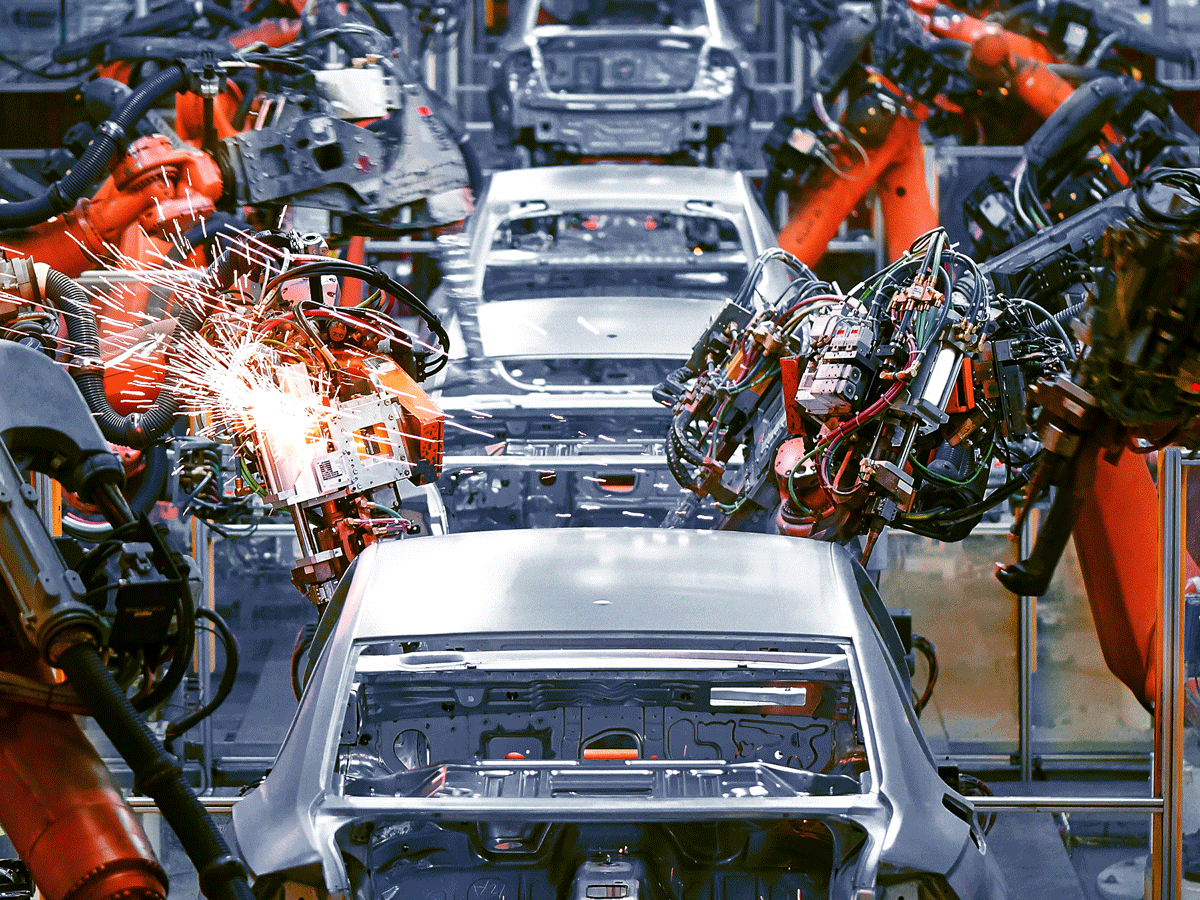
New Delhi: A parliamentary panel on Tuesday suggested lower GST rate for the automobile segment at least till the revival of the sector, and uniform road tax across all states against the backdrop of negative growth in the automobile production since July 2018.
A parliamentary panel had examined the Demands for Grants 2020-21 of Department of Heavy Industry (DHI) and tabled its report in Parliament.
The automobile industry in India is one of the largest and fastest-growing sector and constitutes 27 per cent of industrial gross domestic product (GDP) and 49 per cent of manufacturing GDP. It provides about 37 million direct and indirect jobs and 15 per cent of total GST collection amounting to Rs 1.5 lakh crore.
“But, the committee observes that of late, there is a negative growth in the automobile production since July 2018,” said the report.
The committee noted that some of the factors that contributed to slowdown are non-availability of credit facility to consumers, stringent rules for loan sanction by banks, rise in price due to the upfront payment of third-party insurance for 5 years, introduction of BS-VI vehicles from April 2020; and higher rate of GST on automobiles and components.
Amid slowdown in the sector, the committee, among other things, recommended to either suspend or postpone the upfront payment of insurance for 5 years for the time being and reduction in GST rate to a lower slab “at least till the revival of the auto sector”.
Further, it made a case for introduction of incentive-based scrappage policy for creating purchase demand for new vehicles, reduction in import duty on lithium-ion cell battery which is used for operating the e-vehicles and levy of uniform road tax across all states.
The report said the committee “is pleased to note” that the Delhi-Chandigarh highway has been declared as the first e-vehicle friendly expressway of the country.
It desires that other expressways, including Delhi-Jaipur and Mumbai-Pune expressways, may also be made completely e-vehicle friendly soon with charging infrastructure in place at regular and frequent intervals.




More Stories
Road Test: 2022 Chrysler Pacifica Limited Plug-in Hybrid
Event Coverage: ImportExpo Toronto 2022
2023 Nissan Versa starts at $16,825